It is not really an exaggeration to say that Africa saved the World2 Tour. At the onset of the pandemic of 2020, I had achieved less than half of my original plans for this endeavor and, had there been no workable options to move forward, I would never have been able to consider the Tour to be a success. The relatively short section in Eastern Europe I improvised during the brief summer travel window that opened on that continent was mostly inadequate to counteract that state of affairs. Intentions, or at least hopes, to continue forward, towards the enticing Asia-Pacific region, a very important component of my original plans, had to be abandoned, as the rumored reopening of some eastern countries never materialized and the health crisis continued. Then, just as I was feeling like I was at the end of my rope, the countries of Western and Central Africa, where the coronavirus had not taken hold as severely as it had in other parts of the World, began to allow people to enter, though with additional restrictions and requirements that would often prove logistically challenging. Africa was a major Stage during the Tour of Gondwana and so I had no inclinations to return this time around, though I did have some thoughts of making a couple of brief stops on the continent in transit after the Tour was over. However, as I have said before, Africa is the type of place that I find to be very appealing as a touring destination and so, once the decision was finally made to forsake my original plans for the second half of the Tour and divert to there, my personal outlook improved significantly. Half of the countries that I would eventually visit in Africa feature the official colors of World2 as their national colors and in their flags, and I also took that to be a very good omen. An example is shown below, in a fresco depicting Aido Hwedo, the Rainbow Serpent.
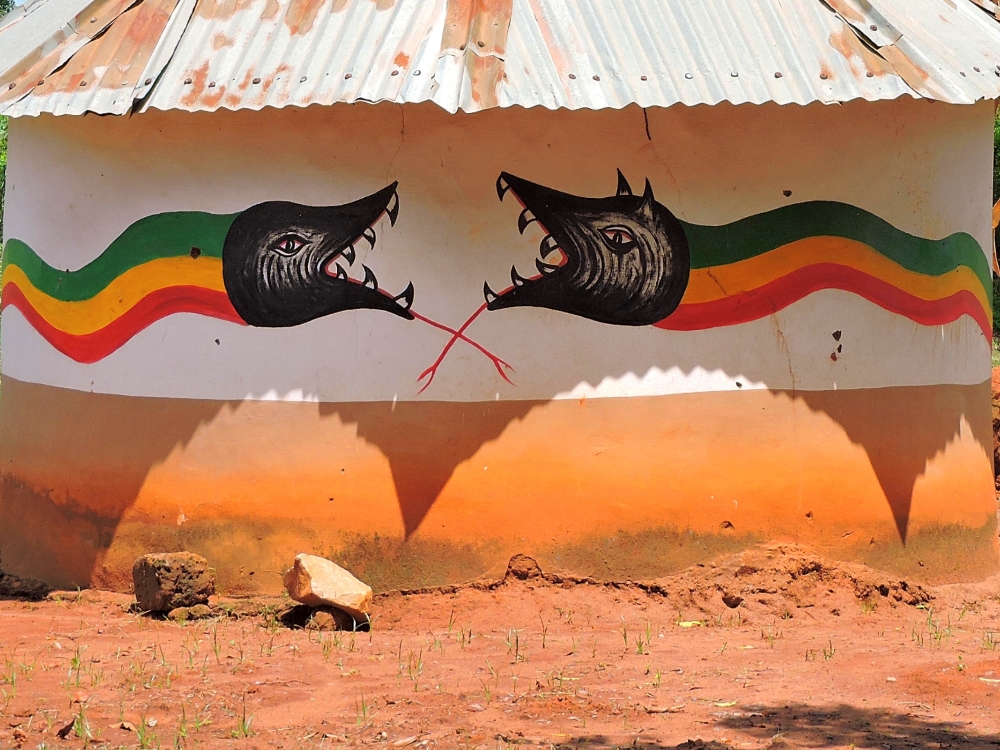
While a fresh start was provided, the hastily-arranged fourth section of the Tour also came with a few aspects that would normally have been better facilitated with at least a certain amount of advance planning, and which would also change the overall character of the Tour substantially. One of those was something that has long been an issue, but for which considerations were usually overlooked once dealing with pandemic regulations took precedence. That was Africa’s long reputation for byzantine immigration and visa policies and procedures. I have already described most of those issues, but, in total, the largest impacts amounted to a little over five hundred Dollars of unplanned expenses and one particularly irritating debacle, which I still have no interest in rehashing.
The most impactful changes were movement restrictions imposed by the ongoing health crisis. With no possibility of sea transportation at all, just reaching the continent required me to violate my longstanding policy of avoiding air travel, and that initial flight was significantly above my threshold for length. However, it was the continued closure of many of the region’s land borders that created the biggest expense increases, significant delays, and multiple violations of my policy. Only the final entry into Kenya was possible by bike and moving between the first five countries of this section involved twelve separate take-offs, with another cumulative, unbudgeted expense of over four thousand Dollars. The only slight bright spot, though it didn’t really seem to be so at the time, was that a handful of those flights let the bike on without additional fees, so the total for the excess baggage charges only came to five hundred fifty Dollars. Oh, but I should not forget that one case of the bike not making it onto the aircraft added still more extra costs. It was always the intended nature of the World2 Tour to be a series of shorter tours linked together, but this section took that concept to an unwelcome extreme.
Concomitant with both airline flights and border crossings was the very reasonable and necessary need for rapid tests for the coronavirus. Of course, this is a benefit to everyone involved, and our collective inability to put a widespread testing regime in place worldwide was one of the most unfortunate failures of the early response. By the time I began in Africa the ability to be tested had become more established, even in countries where some people might not expect that to be the case, and the twelve tests I took while on the continent were all seemingly performed with high standards. The logistics and procedures did vary quite a bit from country to country, with the most effective and convenient programs being those that were set up inside the airport terminals. However, once again this added costs and delays, with a aggregate of just over one thousand Dollars spent and, perhaps more importantly, about three weeks spent off the bike for being tested and waiting for the results.
On the ground, in most places general activities seemed reasonably normal, at least by regional standards. Numerous hand-washing stations were found outside most conventional business and offices, though I suspect that their effectiveness was extremely minimal. Temperature checks were also common and masks were usually required indoors, though this was only sporadically enforced and many people seemed to wear them at times when they would be less effective and went without at times when they might have been more helpful. While there were covid cases in every country of this section, I was interested in the reasons why the pandemic seemed to have a lower severity there. No one can say for sure, of course, but I suspect that a combination of factors were in play, including people ordinarily spending a greater amount of time outdoors and less in crowded indoor locations, a demographically younger population, and a generally higher level of physical fitness.
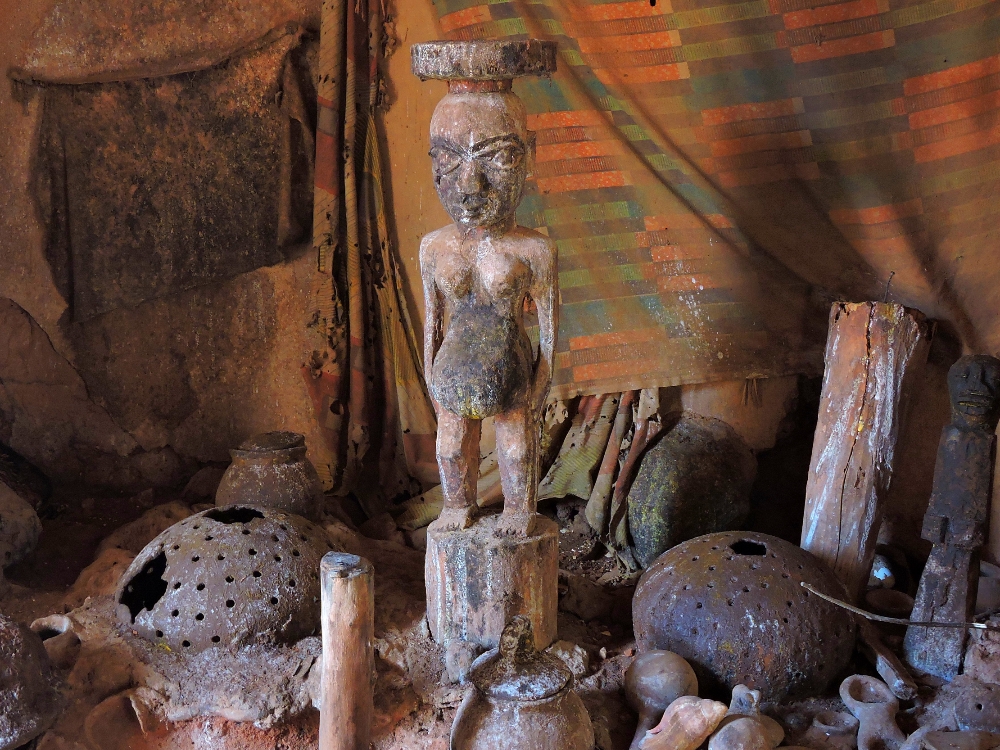
Since I had no original plans to tour in Africa this time, it will not be possible to compare my actual cycling results to any intended goals. My total distance by cycling in this section, 5,985 kilometers, would normally be considered to be a rather underwhelming for a period of five and a half months during a Grand Tour. However, given the circumstances I can’t really complain. Fortunately, this was adequate to push me back into a reasonably good level of fitness, after falling back significantly due to my sporadic performance in Europe. Reacclimating to the rather extreme heat at the start of the section proved to be the greatest challenge, and that process would have been easier had I left Europe in better physical shape. For the Tour overall, this distance brought the total distance up to 25,456 kilometers, and while that is still disappointingly far from my intended goal, it is starting to creep up towards a level that might feel satisfactory.
Six countries were involved this time, only one of which was not new to me. These were generally similar in terms of touring conditions, though they all had their own particularities, with language, three English, two French, and one Portuguese-speaking communities, providing the greatest contrast. Road conditions did not significantly cause many problems and, like many parts of the wider World, when the roads are bad they can be very bad, but when they are good they are often excellent. In this case, I purposely tried to design my improvised route to avoid including as many bad roads as possible and that was reasonably successful, with only fairly short portions of dirt roads being used, relative to what might be necessary on other routes through the continent. Traffic was reasonable in many places, though rarely totally absent, with only two portions of the route, most of Togo and the last week in Kenya, exhibiting numbers of trucks that significantly detracted from the cycling experience. Cities and larger towns, of course, were less appealing from a cycling perspective, but only a few, Cotonou, Freetown, and Nairobi, were congested to an unpleasant level. Daily expenses varied a lot, but away from the major cities and the national parks most costs were quite reasonable, as expected. Apart from the two countries, Sierra Leone and São Tomé and Principe, with banking challenges, which I have described previously, money issues were usually nonexistent. Perhaps the most appealing aspect of this section was one that I knew would be present, based on previous experiences. Specifically, that the route would be filled with great numbers of exceptionally friendly people, notably children, who are usually excitable, good-natured, and who think that meeting someone from another country is the best thing ever.
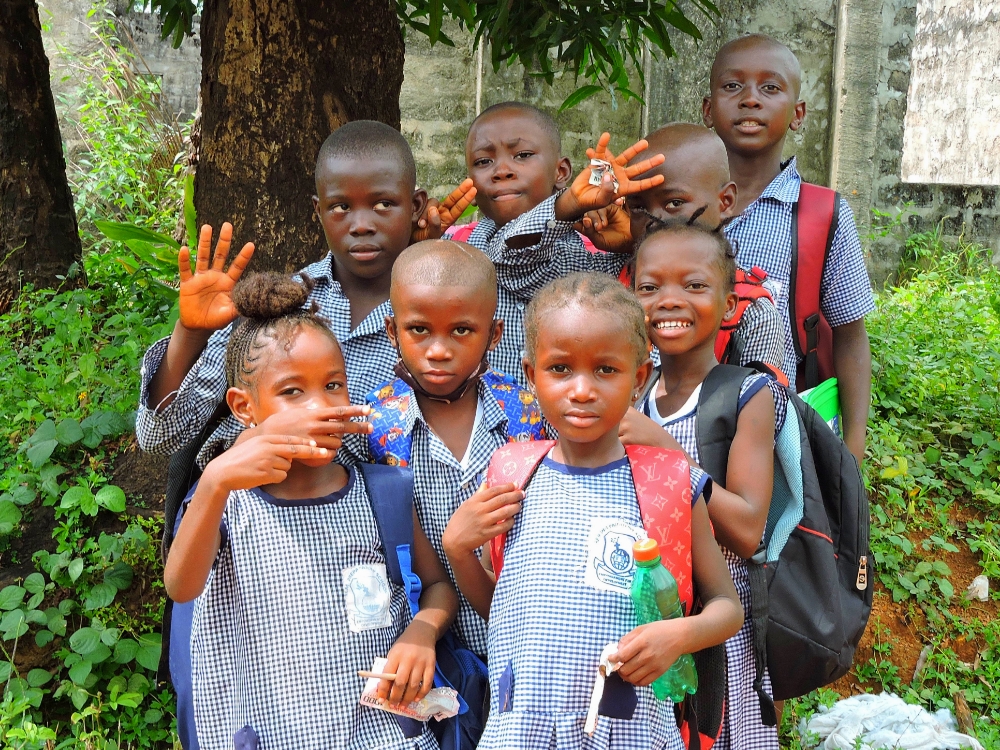
Unfortunately, Africa is disproportionately underrepresented in the World Heritage List, so I knew from the start that this aspect of the section was not going to provide a very important fraction of my overall tally for the Tour. Of course, we often have to take whatever the World gives us, so I intended to see as many Sites as possible and be content with those experiences. In the end, I successfully visited nine Sites, which is not a particularly large number, but one that is acceptable, given the circumstances. I might have been able to get to three or four others if I had been able to enter a few countries where visa difficulties made that impractical, and there was also the one Cultural Site in Kampala that was closed for renovation. Had those visits come to pass, this section would have been more comparable to the first three.
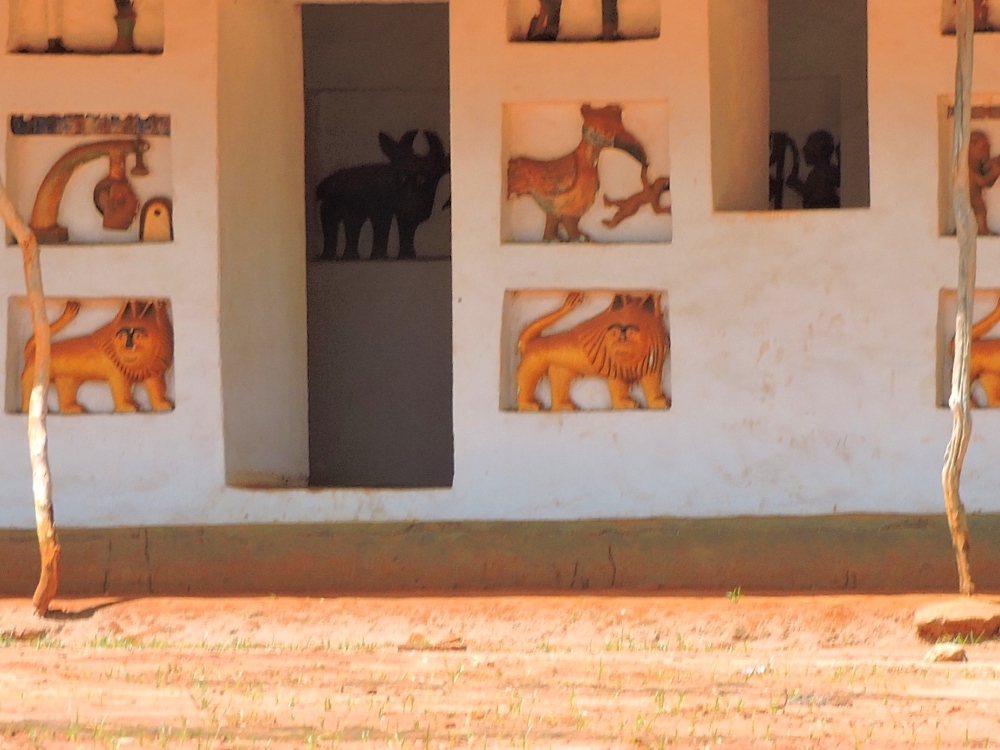
Africa’s list of Sites is unsurprisingly skewed towards those in the Natural category. However, I was somewhat surprised that six of my nine visits were made at Cultural Sites. A number of Africa’s Cultural Sites can genuinely be described as spectacular,
however, most of those are located in places like Egypt, Ethiopia, or Mali, places that were either impractical to reach this time, or ones that I had visited previously. The remainder might better be labeled as interesting,
but interesting can sometimes be even more worthwhile than spectacular, because it may present more opportunity to learn something new. For me, Lamu Old Town was the most enjoyable of the six Cultural Sites, and I could easily have stayed there a while longer. It had also been quite some time since the Tour route had brought me to a Natural Site, not since my walk through the little Beech forest in Ukraine, so I was certainly ready to have some more tropical forest and wildlife viewing experiences. All three of the Sites I saw this time were enjoyable and enriching, but the one that stood out was definitely Bwindi. The reason for that is obviously that it provided me with the once-in-a-lifetime chance to observe wild Mountain Gorillas. That visit was incredibly valuable for me, and I now consider that Site visit to be, not only one of the best of this Tour, but near the top of the list of Natural Sites that I have visited during my lifetime. That alone made the World Heritage aspect of this section an overall success.
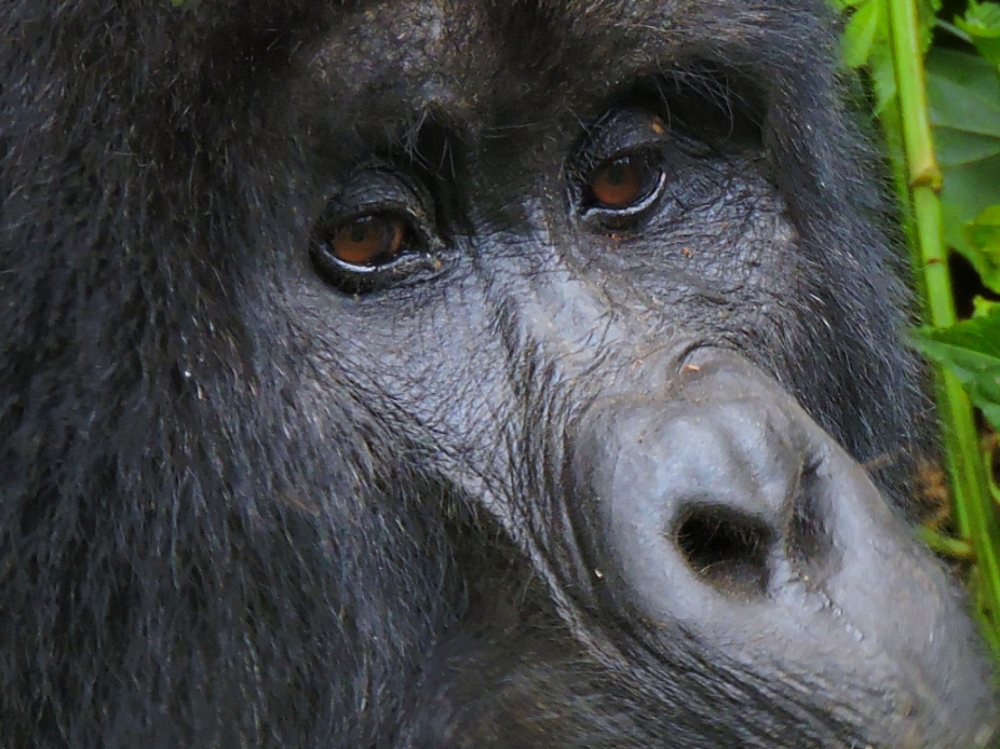
And there were birds. Oh my, the birds! I knew in advance that many amazing bird species can be found in Africa, including several unique and outstandingly beautiful varieties that exist nowhere else, and that the large areas of savanna habitat spread around the areas I would be passing through had the potential to make observations more facile. On the other hand, sightings in forest habitats are just as challenging there as they are on other continents and I had already counted a moderate number of relatively common species during my earlier Tour on the continent. So, I was not entirely sure how successful I would be. However, by starting in West Africa, a new region for me and, one with many endemic species that might be observable, I felt cautiously optimistic. The result? Three hundred ninety new species recorded! To say that I am satisfied with that total is a rather extreme understatement, especially considering that Africa provided me with forty-six percent of the total for the entire Tour so far, almost as many as the three prior continents combined. No one could be dissatisfied with that and, as this success began to become apparent, my general mood began to rise almost as quickly as my bird list for the Tour.
This total did include, not surprisingly, many examples from very diverse families that are not particularly colorful or otherwise distinctive, such as Cisticolas, Doves, and Shrikes, which padded that count. There were also, of course, a huge number of Weavers, beautiful, but not always particularly distinctive relative to each other. However, numerous observations from families that are famous for their uniqueness and beauty, making them highly desirable for most birders, were also obtained. Five species of Parrots would be a low number elsewhere, but Africa is poorly stocked from that family, relative to other continents, so that was a pleasing result. Five Hornbills also sounds rather low, but combined with the species seen on my previous Tour, I have now seen a majority of the species found on the continent. For Starlings, in a region where they are one of the most beautiful families around, ten new species were very satisfying. One of the most numerous families seen was Sunbirds, with twenty new species, though, like their Hummingbird counterparts from the first sections of the Tour, they often proved to be challenging to properly photograph. Another family which proved difficult to photograph was a special African group, the Turacos, but I was happy to add six species. Two other uniquely African families were great additions, six species from the Wattle-Eyes and a collection of eleven African Barbets. Probably my favorite result of all was the six species of Bee-Eaters seen, exquisite examples from one of my most desirable families. There were two other species possible from that family which I failed to see, but six out of eight is a fraction I can live with. Of course, there were many more species that I had strong hopes of seeing but failed to do so, and Saddle-Billed Stork and African Pygmy-Goose eventually became short-term Nemesis Birds, with any future resolution of that status uncertain. However, one bird stood out from the crowd, one that had been a goal for a long time and became not just the best bird from this section, but one of the top birds of the entire World2 Tour, the incomparable White-Necked Picathartes. I might have been satisfied if that was the only new bird seen during this section, but, together with three hundred eighty-nine others, it was that much more appreciated.
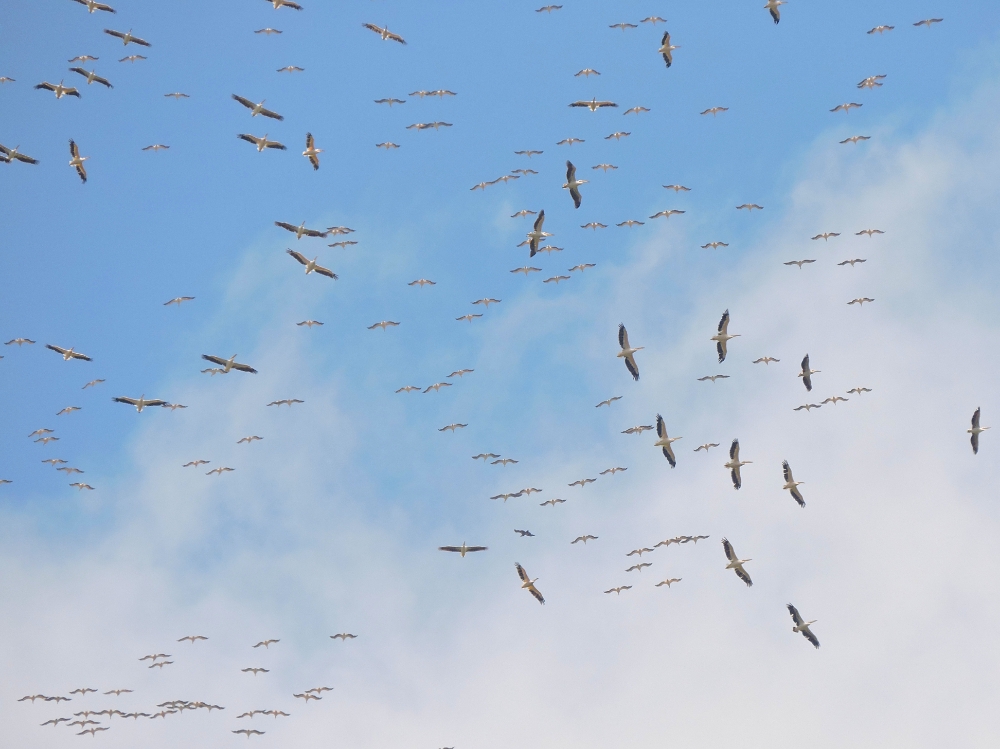
There were also some gratifying birding milestones passed during my time in Africa. On my second day in Kenya, as soon as I saw a lovely Beautiful Sunbird, the World2 Tour surpassed the Tour of Gondwana in terms of the number of new bird species seen. That is notable for two reasons. For one, the first day of the earlier Tour was also the first day when I began looking for birds as a dedicated activity, meaning that almost every bird I saw along the way was new to me. Additionally, the Tour of Gondwana was significantly longer and its total was accrued over one thousand two hundred seven days. In this case I exceeded that total in only six hundred sixty. Looked at in a different way, on the first Tour I saw three Life Birds every five days, while so far on World2 I have observed six over an equivalent period. Improving my rate of sightings was one of my initial goals, but doubling it has been more than I had hoped for. Another pleasing circumstance was that when, with considerable difficulty, a rare São Tomé Ibis was observed, it became species number two thousand seen during my lifetime. Passing such numeric waypoints is always fun, but doing so with such a special bird is even more enriching. All together, my total of new Life Birds for the Tour now stands at eight hundred thirty-eight species. My goal of one thousand is still in play! I can make this happen!
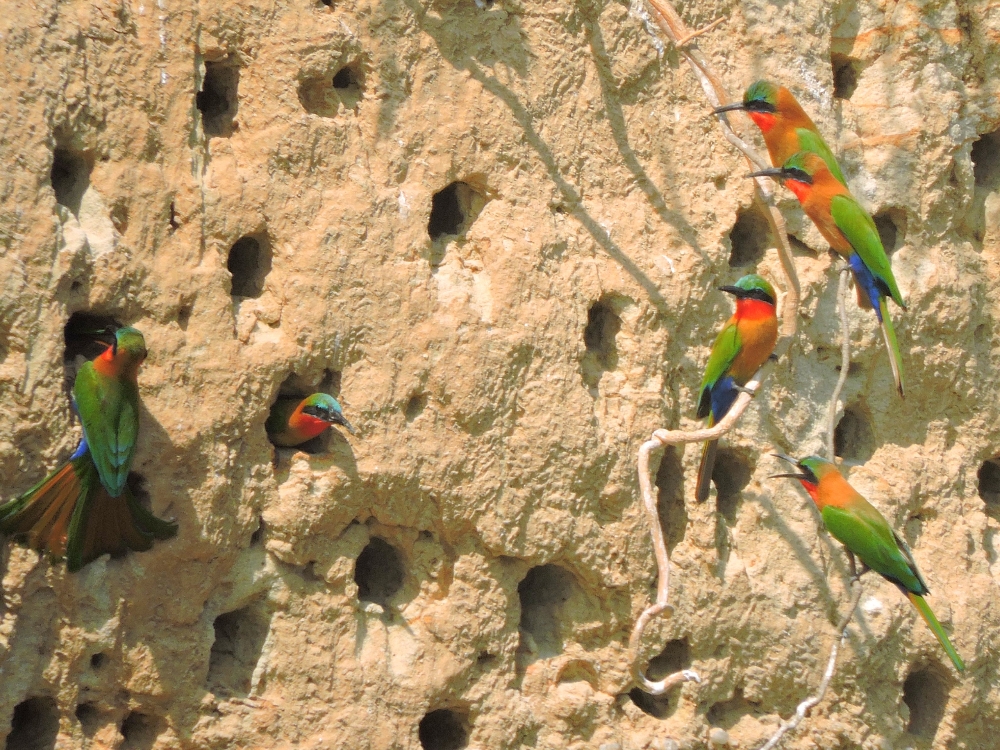
According to my original plans, the Tour was intended to continue for around another four months. Not surprisingly, my expenses so far have already significantly exceeded my expected budget for the entire Tour. Therefore, from a practical perspective, I should probably bring the endeavor to a close in the near future. However, my final destination is still closed and so ending now would not result in any significant cost savings. With a few more months I might be able to achieve some more of my initial plans, though once again that won’t likely be a simple process, since many potential destinations still have restrictive procedures in place. So, yes, Africa saved the Tour, but I am not quite done yet. So, now I depart the continent satisfied, just like this little Hyrax, with a small, but confident smile on my face.
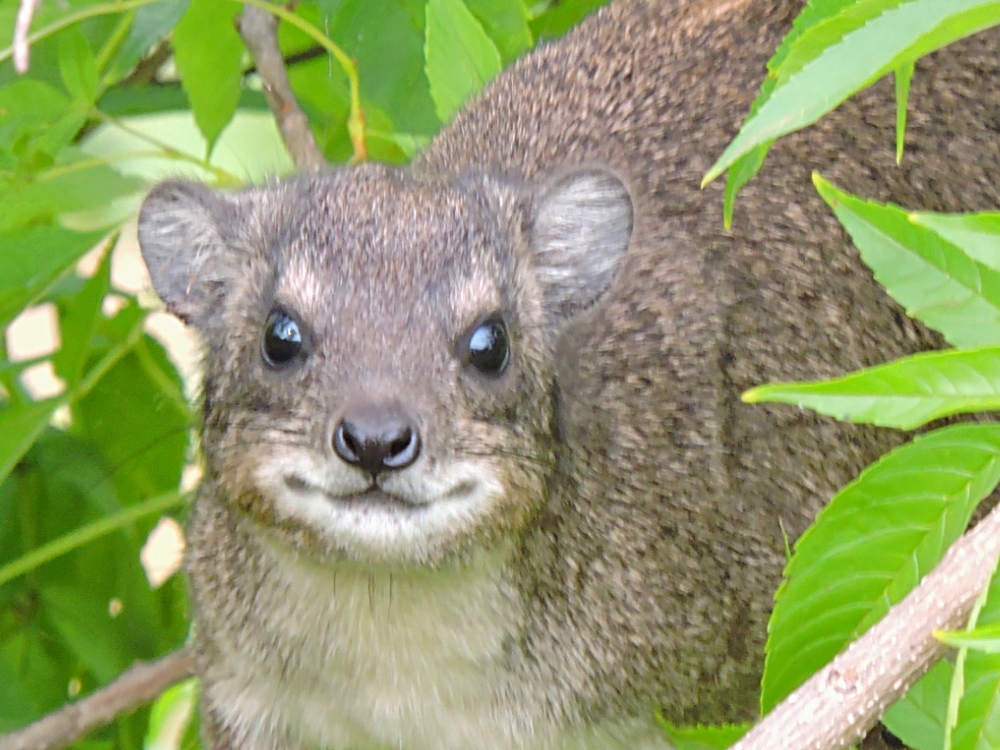
For this section’s version of the World2 Tour theme song, I present this performance by Alex Boye with Jenny Oaks Baker. It displays an African theme, even though it was filmed in Arizona, and its defiant and confident tone matches this section of the Tour perfectly.
Farewell, Africa – Asante Sana!